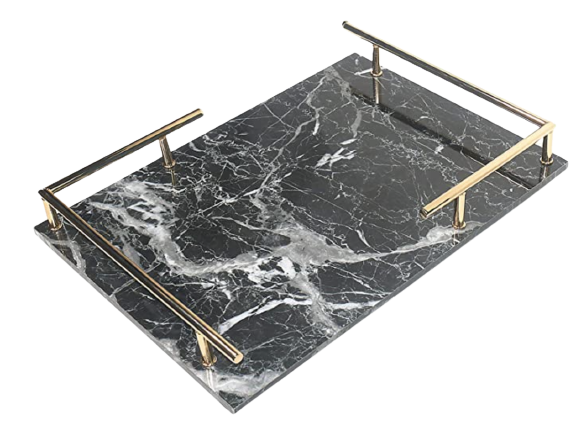Last Updated on December 22, 2023
Creating an elegant outdoor space involves more than just selecting the right furniture and accessories, it also includes making informed choices about structures and their materials, such as patio cladding. Cladding is the skin of your patio, playing a significant role in how the area feels and functions.
From providing visual appeal to protecting the patio from weather elements, the cladding you choose can make or break the overall ambiance of your outdoor space.
Read on to discover how to choose the perfect cladding for your patio to create a stylish and functional outdoor haven.
Understanding the Importance of Patio Cladding
Cladding refers to the external, non-load-bearing layer attached to the frame of a building or structure. In the case of patios, cladding serves as a shield, protecting the area from harsh weather conditions such as rain, wind, and sun exposure. It also enhances the appearance of your patio by adding texture, color, and dimension to the space.
Moreover, cladding can also improve the energy efficiency of your patio by providing insulation and reducing heat transfer through walls. With these benefits in mind, it’s clear that choosing the right cladding is crucial when designing an outdoor space.
Types of Patio Cladding Materials
- Wood cladding – A popular choice for patio cladding due to its natural aesthetic appeal, wood delivers a warm and rustic feel. It’s available in various types, including cedar, pine, and redwood, each offering different levels of durability and resistance to rot and pests. However, wood cladding requires regular maintenance to prevent deterioration.
- Brick cladding – Brick is a timeless material with robustness and a classic look. It’s highly durable, withstanding harsh weather conditions, and requires minimal maintenance. Brick cladding also provides excellent insulation, helping to regulate patio temperatures.
- Stone cladding – Stone cladding is a luxurious option that adds a sophisticated touch to any patio. Options range from natural stone like slate, granite, or limestone to artificial stone, replicating the natural look at a lower cost. Stone is durable and weather-resistant but can be more challenging to install than other materials.
- Metal cladding – Metal, such as aluminum or steel, is a modern and sleek option for patio cladding. It’s lightweight, durable, and requires less maintenance than wood or brick. However, it can be prone to denting and may not offer the same level of insulation.
- Vinyl cladding – Vinyl is an affordable and versatile option for patio cladding. It’s available in a wide range of colors and styles, is low-maintenance, and is resistant to moisture and pests. However, vinyl may not have the same lifespan as durable materials like brick or stone.
- Composite cladding – Composite cladding is made from wood, plastic, and binders. It offers the aesthetic appeal of wood but with increased durability and less maintenance. It’s also available in various colors and finishes to suit any design aesthetic.
With so many cladding materials, it’s essential to consider your budget, the desired look and feel of your patio, and the level of maintenance you’re willing to commit to.
Factors to Consider When Choosing Patio Cladding
- Durability – One of the critical factors to consider is the durability of the cladding material. It should withstand outdoor conditions such as sun exposure, rain, and wind. Durable materials like brick or stone may be more expensive upfront, but they offer longer lifespans and can be cost-effective in the long run.
- Maintenance – Different cladding materials require varying levels of maintenance. For instance, wood cladding needs regular maintenance to prevent rot and pest infestation, while materials like metal or vinyl require less upkeep. Consider how much time and effort you will invest in maintaining your patio’s appearance.
- Aesthetic appeal – The cladding you choose can significantly impact the look and feel of your patio. Consider the style of your home and outdoor space when selecting a material. Options like wood provide a rustic feel, while metal can offer a modern, sleek appearance.
- Energy efficiency – Some cladding materials, such as brick or composite, offer better insulation than others, helping to regulate the temperature of your patio and potentially reducing energy costs.
- Cost – The cost of cladding materials can vary widely. While you might be tempted to go for the cheapest option, remember that more expensive materials may offer better durability and require less maintenance, potentially saving you money in the long term. A roofing company can give you a cost estimate to help you decide.
- Sustainability – If you’re environmentally conscious, consider the sustainability of the cladding materials. Some materials, like composite cladding, are made from recycled materials, making them a greener choice. Additionally, consider the manufacturing process and the lifespan of the material.
- Installation process – Some cladding materials are easier to install than others. For instance, stone cladding might require professional installation due to its weight and the complexity of the process. In contrast, vinyl cladding is lighter and easier to handle, making it possible for a DIY installation. Consider the installation costs and time when choosing your patio cladding.
Conclusion
Patio cladding serves both functional and aesthetic purposes in creating an outdoor space. Selecting the right material that balances durability, maintenance, aesthetics, and cost is crucial to creating an elegant and durable patio.
Consider the options and factors discussed above to choose the perfect cladding for your patio. With the right choice, you can create a space that looks beautiful and withstands the test of time.
So take your time, research, and enjoy your beautiful outdoor oasis with the perfect patio cladding.









